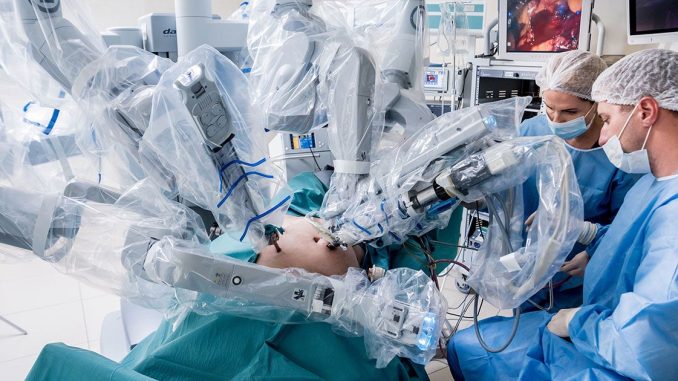
Robotic technology has revolutionized the field of medicine, particularly in surgery and treatment. The use of robots in healthcare has enabled surgeons to perform complex procedures with precision and accuracy, leading to better outcomes for patients.
Benefits of Robotics in Surgery
Robotic surgery offers several advantages over traditional methods, including:
Greater precision: Robots can make more precise movements than human hands, reducing the risk of errors during surgery.
Minimally invasive: Robotic surgery often requires smaller incisions, leading to faster recovery times and less scarring for patients.
Enhanced visualization: Surgeons using robotic systems have access to high-definition 3D imaging, allowing for better visibility during procedures.
Improved outcomes: Studies have shown that robotic surgery can lead to better outcomes, including lower complication rates and shorter hospital stays.
Applications of Robotics in Treatment
Aside from surgery, robotics is also being used in various treatment modalities, such as:
Rehabilitation: Robots are being used to assist patients in regaining strength and mobility after injuries or surgeries.
Medication management: Automated systems can dispense medication accurately and ensure patients are following their prescribed regimens.
Diagnostic imaging: Robotic technology is improving the quality and speed of diagnostic imaging, aiding in the early detection and treatment of diseases.
Telemedicine: Robots are enabling remote consultations and monitoring of patients, especially in rural or underserved areas.
Challenges and Future of Robotics in Healthcare
While the integration of robotics in healthcare has been largely positive, there are still some challenges to overcome, such as cost and training requirements. However, as technology continues to advance, the future of robotics in healthcare looks promising.
In conclusion, robotics plays a crucial role in improving surgery and treatment in the healthcare industry. The precision, minimally invasive nature, and enhanced capabilities offered by robotic systems have the potential to revolutionize healthcare and provide better outcomes for patients.
